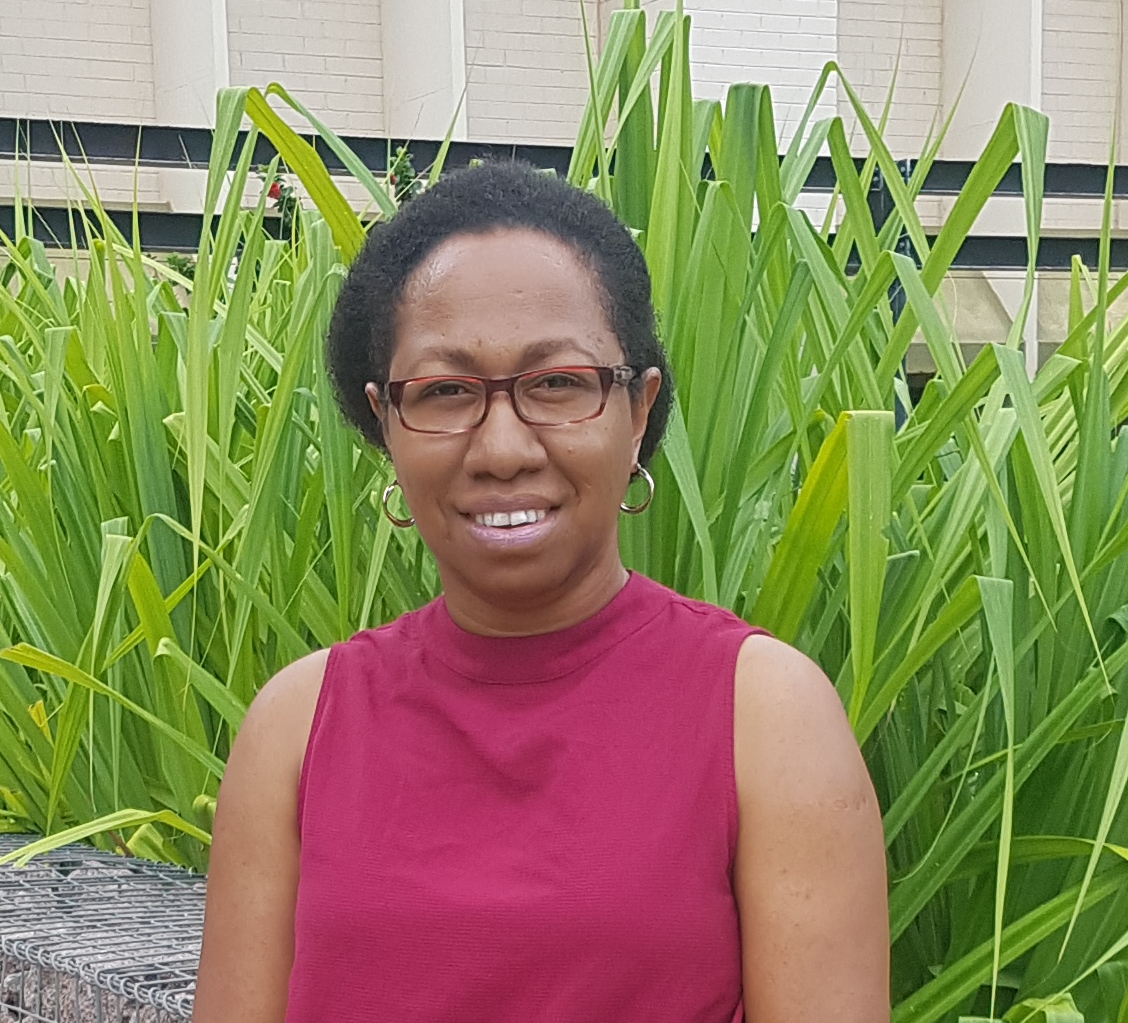Search
Research
Neutrophil Extracellular Traps and Bacterial Biofilms in Middle Ear Effusion of Children with Recurrent Acute Otitis MediaBacteria persist within biofilms on the middle ear mucosa of children with recurrent and chronic otitis media however the mechanisms by which these...
Research
Crowding and other strong predictors of upper respiratory tract carriage of otitis media-related bacteriaStreptococcus pneumoniae, Moraxella catarrhalis, and nontypeable Haemophilus influenzae is associated with otitis media
Research
Children with otitis media mount a pneumococcal serotype specific serum IgG and IgA response comparable to healthy controls after pneumococcal conjugate vaccinationWe investigated the suggestion that otitis-prone children have an impaired antibody response in the context of pneumococcal vaccination.

News & Events
Inaugural Winner of the Deborah Lehmann Research AwardCongratulations goes to Celestine Aho, the inaugural winner of the $30,000 Deborah Lehmann Research Award.
News & Events
Aboriginal researcher receives Fiona Stanley MedalAboriginal researcher Annette Stokes has been awarded the Fiona Stanley Medal for her commitment to improving child health and wellbeing.
Research
Djaalinj Waakinj (listening talking): Rationale, cultural governance, methods, population characteristics–an urban Aboriginal birth cohort study of otitis mediaThe majority of Australian Aboriginal and Torres Strait Islander (hereafter referred to as “Aboriginal”) people live in urban centres. Otitis media (OM) occurs at a younger age, prevalence is higher and hearing loss and other serious complications are more common in Aboriginal than non-Aboriginal children. Despite this, data on the burden of OM and hearing loss in urban Aboriginal children are limited.
Research
Topical antiseptics for chronic suppurative otitis mediaThe effectiveness and safety profile of antiseptics in the treatment of chronic suppurative otitis media is uncertain
Research
A hospital-based asynchronous ENT telehealth service for children with otitis media: Cost-minimisation and improved accessThe purpose of this study is to explore the effectiveness of a hospital-based asynchronous ear, nose, and throat telehealth service (the Ear Portal) in reducing cost and improving access for children with otitis media.
Research
Australian Aboriginal children have higher hospitalization rates for otitis media but lower surgical procedures than non-Aboriginal childrenAboriginal children and children from lower socio-economic backgrounds were over-represented with OM-related hospitalizations but had fewer TTIs
Research
Supporting the Social-Emotional Well-Being of Elementary School Students Who Are Deaf and Hard of Hearing: A Pilot StudyChildren who are Deaf and Hard of Hearing, their parents, Teachers of the Deaf, and other community stakeholders were involved in co-designing a web-based resource to support students' social-emotional well-being.
